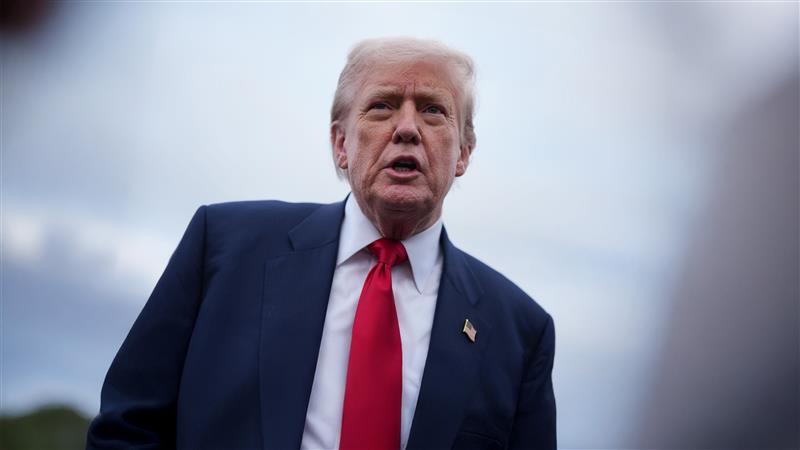
Millions of Medicare patients could lose their telehealth access by September 30, 2025, if Congress fails to extend pandemic-era flexibilities, threatening remote care advancements with threats of Trump ending telehealth, despite bipartisan state support.
The expiry would revert Medicare to pre-2020 rules, restricting virtual care to rural patients and halting programs like Hospital-at-Home.
The Trump ending telehealth decision clashes with 41 states endorsing interstate telehealth compacts and AI-based remote monitoring advancements.
This deadline has been a source of worry across the industry. The temporary nature of current policies threatens to deny millions of Medicare patients access to critical remote services if Congress does not move with speed.
Innovation vs. Regulation
Generative AI and Remote Patient Monitoring (RPM) change virtual care, improving remote healthcare with speed and accuracy. AI automates clinical documentation and detects health changes early on, allowing precise chronic disease management.
But such advances are clashing with congressional uncertainty.
Temporary telehealth extensions services are expiring, threatening a Medicare shutdown of many virtual care programs.
The case arises from largely Trump Medicare telehealth policies, expanded during the pandemic but never made permanent. That places providers and patients in a precarious position heading into 2025.
Trump Telehealth 2025
Without extension, Medicare will revert to pre-pandemic limitations, limiting telehealth to rural areas and specific sites – exclude most home-based virtual care and behavioral health services.
The danger of Trump ending Medicare telehealth threatens the coverage for in-demand programs, like Hospital at Home and audio-only visits. New Drug Enforcement Administration (DEA) rules make prescribing telehealth cumbersome by requiring strict location and identity checks.
Despite level-state progress, 41 states endorsing the Interstate Medical Licensure Compact and 43 ensuring telehealth coverage parity. But unless action is taken at the federal level, these gains are disconnected.
The policy debate on telehealth reflects a broader challenge more commonly known as the White House game of healthcare, innovation versus budget constraints and ideological divisions.
Apart from Medicare, other Medicaid programs also face their own setbacks. New Medicaid executive order initiatives to modernize care delivery are undermined by Trump’s budget cuts to Medicaid, which endangered lower services for vulnerable populations.
Virtual care also includes food-as-medicine in its programs and also does not have stable funding in spite of mounting proof of success.
Pros and Cons of Telehealth
Telehealth has many benefits such as increased access, convenience, and even cost savings. However, there are disparate compensation levels, technological challenges, and regulatory complexities. Providers must weigh telehealth’s advantages and limitations, especially in the midst of uncertainty over 2025 Medicare rules.
The coming few months are critical. Millions of virtual care futures hang in balance on whether Congress passes permanent telehealth legislation or allows current policies to expire.
If Trump ending telehealth came to reality, providers will have to scale back or shut down services, and patients will lose valuable care options. Health systems should craft emergency plans ahead of time, while maintaining the push for policies that facilitate innovation and patient access.
Telehealth’s future is at stake. As technology promises better, broader care, policy instability risks global progress. The Medicare telehealth 2025 Trump stance is more than a politician’s rhetoric: it’s a public alert that healthcare digitalization requires legislative support to flourish.
Inside Telecom provides you with an extensive list of content covering all aspects of the Tech industry. Keep an eye on our Medtech section to stay informed and updated with our daily articles.